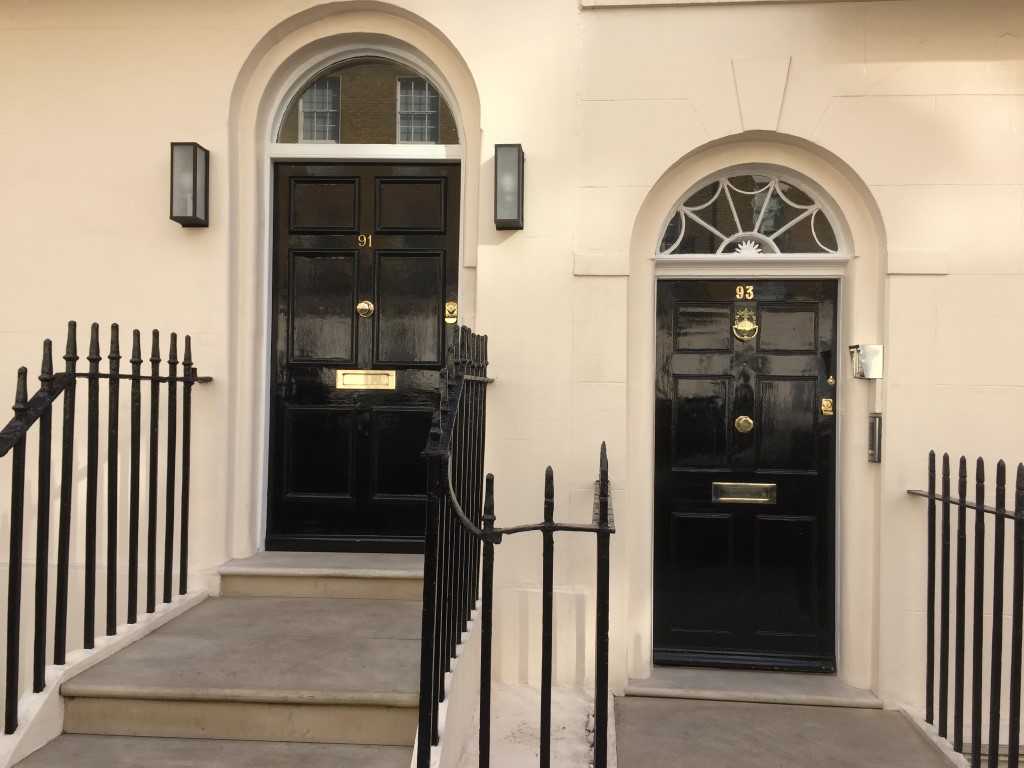There’s a fire. Or your tenant accidentally let the bath overflow, ruining the floor. Your property investment is damaged. What now?
While property is generally a reliable (and sometimes lucrative) investment, there can be unforeseen costs. Many people focus on the tax benefits and income opportunities but forget to be prudent and plan ahead.
Like any business, a property needs to be managed correctly. With Denhan’s rent guarantee scheme, you can rest assured your income needs are taken care of. But this article highlights how important a reserve fund is. Without one, you may find yourself experiencing a serious financial headache.

What is a reserve fund?
Much like a savings account, your reserve fund is there to cushion the blow from costs that you may or may not be expecting to incur on your current property investment.
When done correctly, your reserve fund will help with:
- Overspend – you can use it like an overdraft on repairs and other monthly costs.
- Buffering for leaseholders who may not be prepared for a hefty repair bill.
- Recovering unexpected costs for emergencies and other unforeseen expenses.
Building your fund can take time.
Good budgeting always involves a little planning. It will probably take a year or two to grow the fund, and so it may seem like an underwhelming endeavour at first. Just keep reminding yourself how important it is to cover your shortfalls. You don’t want to be caught without this fund in your arsenal.
Make sure you’re compliant.
The Section 42 of the Landlord and Tenant Act 1987 states that landlords need to hold reserve and sinking funds in trust. That means you need to keep the money in a separate bank account to other service charge monies.
Consider including a reserve fund clause in the lease.
Some leases will state how much a leaseholder needs to contribute to a reserve fund each year. But be warned, your leaseholder can challenge the amount, so always be fair and realistic.
How much to put aside.
You should prepare yourself for any possibility, emergencies or other. The question is, how much is enough? You’ll need to look at a series of factors. Older homes, for example, have higher maintenance costs. Is your property carpeted? That could mean extensive cleaning services are needed during tenant changeovers.
Wells Fargo says that “Most homeowners need to spend 1% to 2% of the purchase price of their home every year for routine maintenance projects, such as window replacement and roofing repair.” So keep that amount in mind. Then take a look at your mortgage interest, council taxes and utility bills service charges to get a clear idea of any overspend issues that you may be facing.
Here is a list of maintenance costs that could see you dipping into your reserve fund:
- General maintenance and expenses on exterior features, curbs, walls, landscaping, garbage collection
- Seasonal maintenance for painting and gutters
- Appliance maintenance
- Emergency costs for things like plumbing and heating
- Cleaning costs during a tenant changeover
- Pest control
- Prolonged repair work
Still unsure of how to set up your reserve fund? We’re here to help. Contact us and we’ll make sure all your reserve fund and any other buy-to-let property queries are answered.